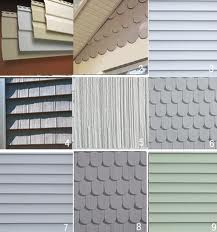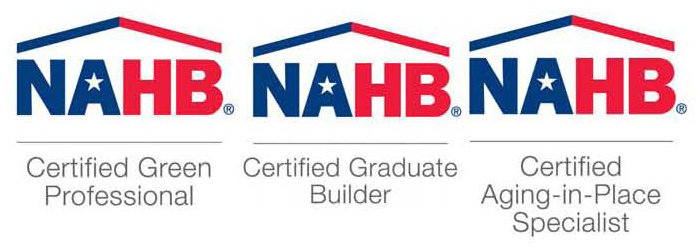Energy Efficient Siding
How to Choose Energy Efficient Siding
Whether you are building a brand new house or remodeling your current abode, you want your home to look its best.
Selecting the materials for the design you want can present several challenges. Of course, you want your house to have that curb appeal that says you are a proud homeowner who maintains their property, but at the same time you want to  create an energy efficient place that will minimize maintenance and utility costs.
create an energy efficient place that will minimize maintenance and utility costs.
There are advantages and disadvantages to all forms of exterior walls. By choosing carefully, you can maximize your potential for energy savings. Before making a selection, having Colorado Energy Analysts your certified RESNET Home Energy Auditor visit your home to evaluate where and how energy is being lost will help you determine what type of house siding is best for you.
There are several types of house siding available on the market:
Vinyl house siding: This is currently the most popular type of home siding with around 80 percent of the market share of new siding. The reasons for its popularity include its efficiency as a plastic based product, resistance to fire, and long durability.
Aluminum house siding: This has been around much longer than vinyl. However, there are several disadvantages, most notably that it is easily damaged or dented. For this reason, many builders use aluminum in areas on the second floor where risk of damage is minimal. On the other hand, it is long lasting and can be painted.
Fiber Cement: This is a building material made from sand, cement, and cellulose fibers. This is a long lasting product, and if you live in a region where termites can be a problem, fiber cement is not susceptible to termite damage.
 Stucco: This is a classic form of house siding, which is still in use today. Stucco is a mixture of sand and lime with water and other ingredients – quite often cement – that forms a hard shell around a home. It becomes very hard when dry and can be made in a variety of colors.
Stucco: This is a classic form of house siding, which is still in use today. Stucco is a mixture of sand and lime with water and other ingredients – quite often cement – that forms a hard shell around a home. It becomes very hard when dry and can be made in a variety of colors.
Brick: It is often seen as a more traditional and durable option when it comes to house siding. Brick is a good sound insulator and easily adapts to sealed door and window options. The initial drawback is the cost, which is slightly higher than that of other methods of siding, due to the need for installation by a qualified professional.
Stone, either natural or cultured: is similar to brick in performance and can be installed with a look that can be traditional or contemporary. Real stone has similar loading issues as brick, but cultured stone can be applied to  almost any surface.
almost any surface.
Your region, cost, and style of the home will influence your decision.
Every type of house siding will rely on a proper thermal barrier and water plane around your house to effectively increase energy efficiency and stop the transfer of air and moisture between the home and outside.
A Certified Green Professional, CGP and Certified Graduate Builder, CGB has the knowledge to advise you on the best energy efficient materials and construction methods to ensure maximum efficiency, comfort and cost savings for your home. Contact Scott Homes, Ltd., today to discuss your specific needs.
Skip Howes
CGP - Certified Green Professional
CGB - Certified Graduate Builder
CAPS - Certified Aging in Place Specialist
RRP - Certified Lead Paint Renovator
Scott Homes, Ltd., Designers & Builders
President


Schedule An Inspection
By Phone or Email we can schedule the services you desire to begin saving money on your utility bills!
Contact Us Online
Email us at info@ColoradoEnergyAnalysts.com
© Copyright 2013-2024 - Colorado Buys Local Inc | Designed for Colorado Energy Analysts
